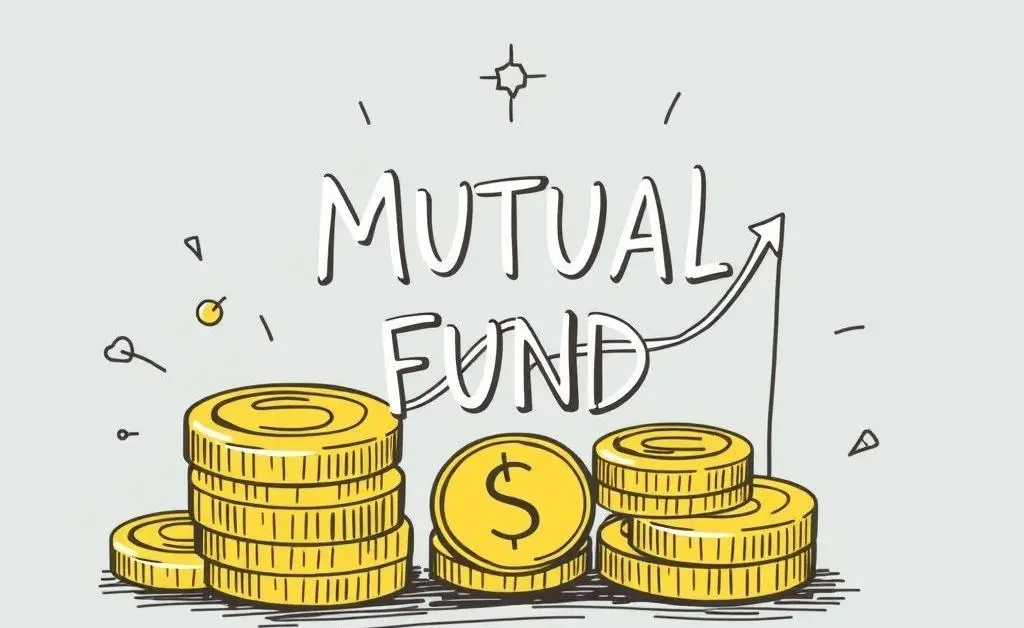Smart Investment Strategies: Building a Diverse Portfolio
Discover practical tips for crafting a diverse investment portfolio that meets your financial goals.

When it comes to investing, developing a diverse portfolio is like crafting a well-balanced meal—it's all about mixing up the right ingredients to meet your goals. There are a few tried-and-true tips that can help you achieve an investment portfolio that's both satisfying and effective.
Why Diversification Matters
Diversification is more than just a buzzword in the investing world. It's a strategic approach that helps buffer against market volatility. By spreading your assets across various financial instruments, industries, and other categories, you can potentially reduce risk while aiming for returns. Put simply, don't put all your eggs in one basket.
What Types of Investments Should You Consider?
Whether you're new to investing or a seasoned pro, these types of investments can help you build a diverse portfolio:
- Stocks: Often the cornerstone of a portfolio, stocks offer growth potential. They also come with risks, so a mix of large-cap, mid-cap, and small-cap stocks can provide balance.
- Bonds: Think of bonds as the steady engines of your portfolio. They generally provide lower, yet more stable returns and can act as a counterbalance to stocks.
- Real Estate: Real estate investments can include owning physical property or investing in real estate investment trusts (REITs). They offer diversification and potential income.
- Mutual Funds and ETFs: These pooled investments allow you to own a piece of a diversified portfolio managed by professionals. They're a user-friendly way to gain exposure to a multitude of assets.


Consider Your Investment Goals
Before diving into investments, it's crucial to define what you want to achieve. Are you planning for retirement, saving for a down payment, or building wealth? Your goals will shape your strategy, influencing how you allocate your assets.
Avoid Common Mistakes
Investing is a journey, and like any trip, you can hit a few potholes along the way. Here are some common pitfalls to avoid:
- Over-concentration: Holding too much of a single type of investment can expose you to unnecessary risk.
- Neglecting Global Exposure: Diversifying internationally can offer opportunities and help mitigate risks specific to one region.
- Emotional Investing: Decisions based on emotion rather than strategy can derail your finances. Staying the course, especially during market turbulence, is critical.
Conclusion
Constructing a diverse investment portfolio isn't a sprint—it's a marathon. It requires patience, a clear understanding of your financial goals, and careful attention to adjusting and balancing your investments over time. Remember, the backbone of a strong portfolio is its resilience, which comes from its diversity.
What's your investment strategy? Do you have a blend of traditional and unconventional assets? Leave a comment below; I'd love to hear your thoughts!




